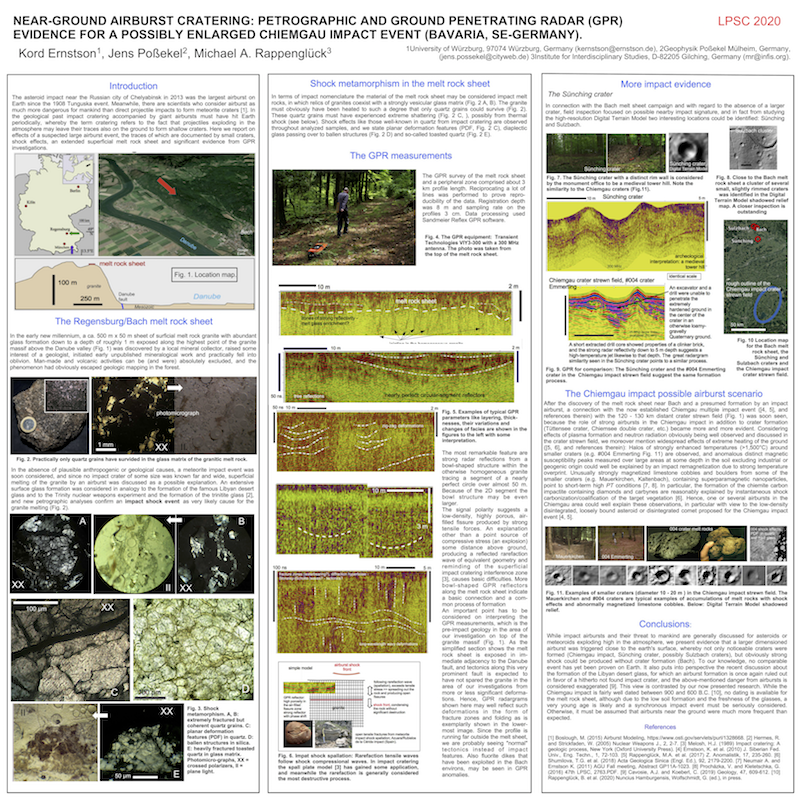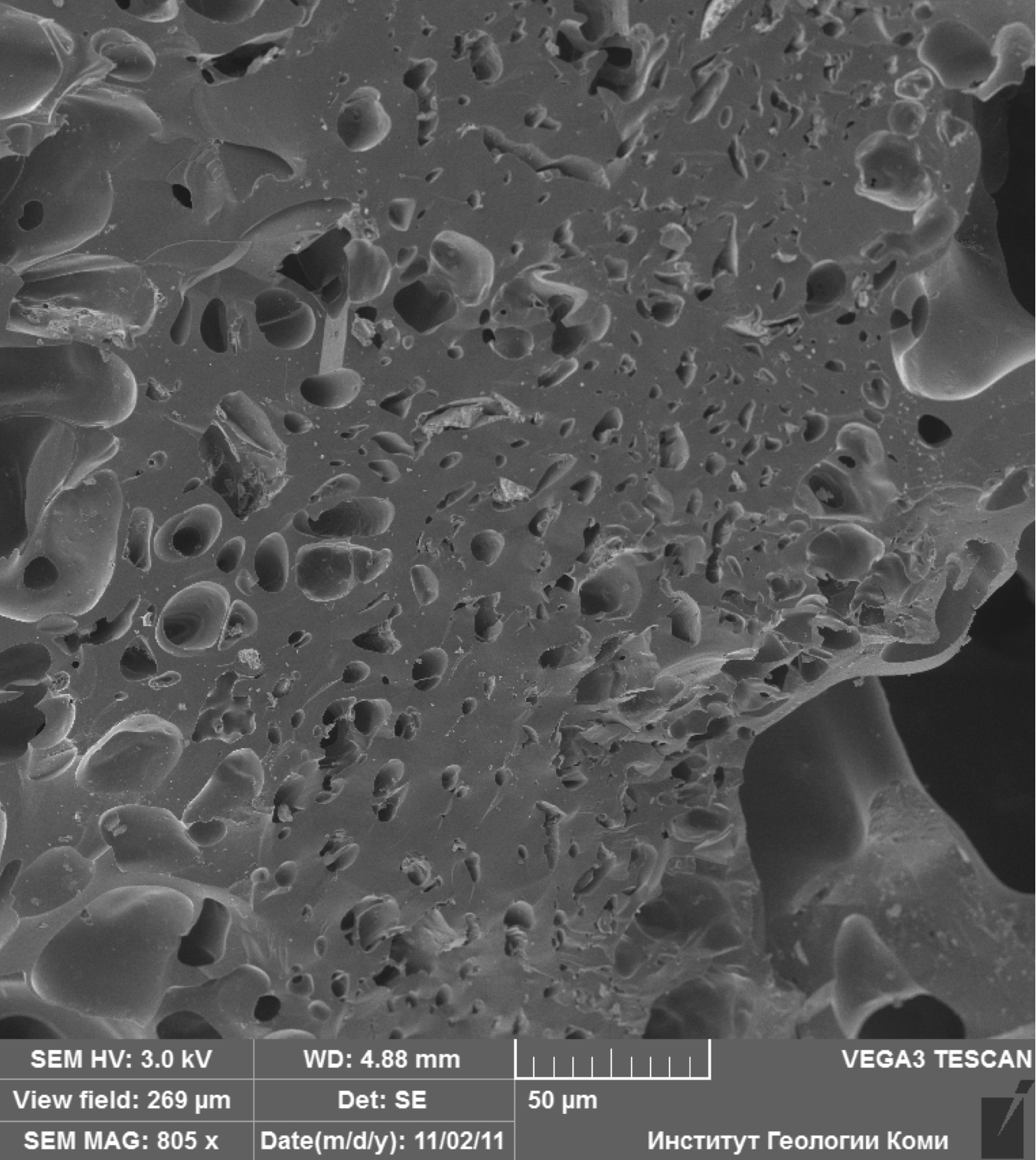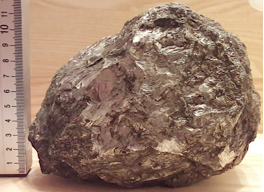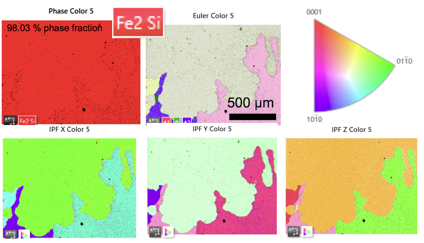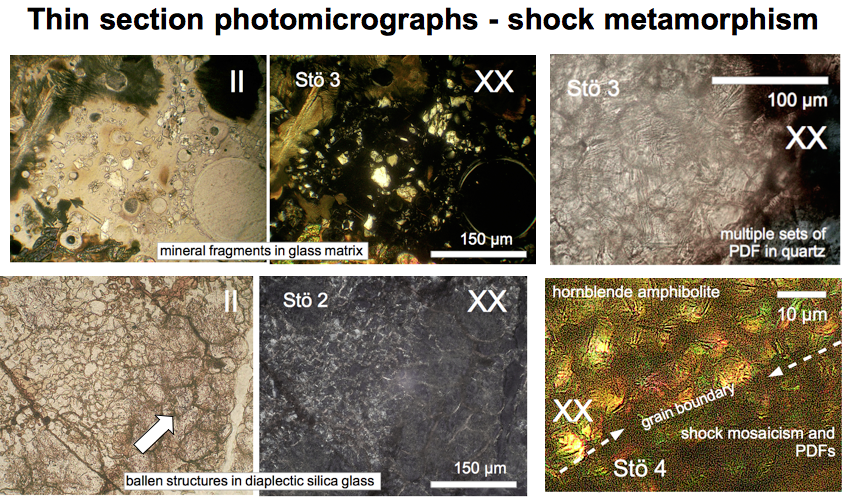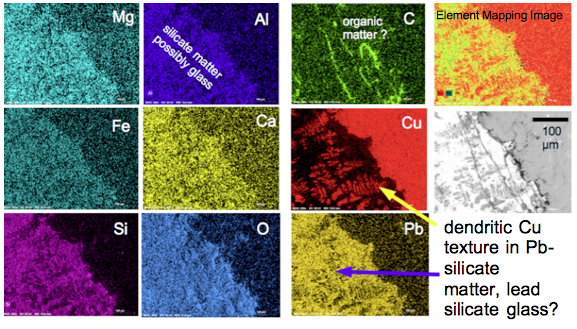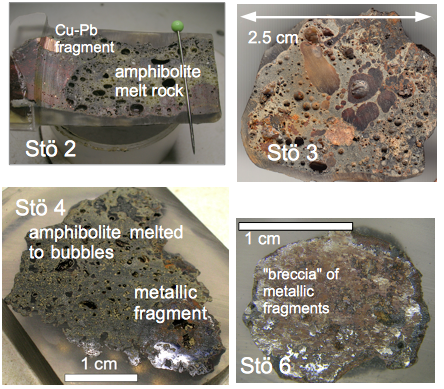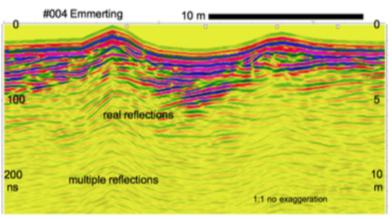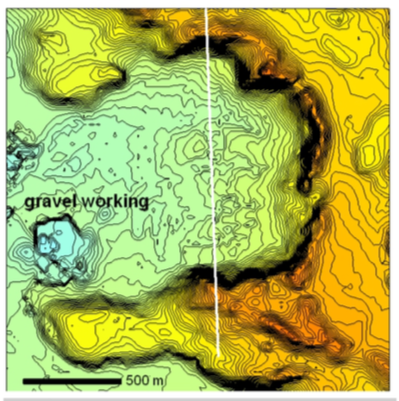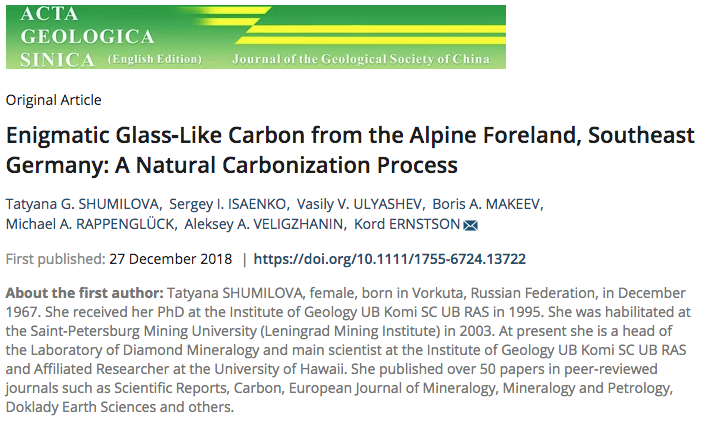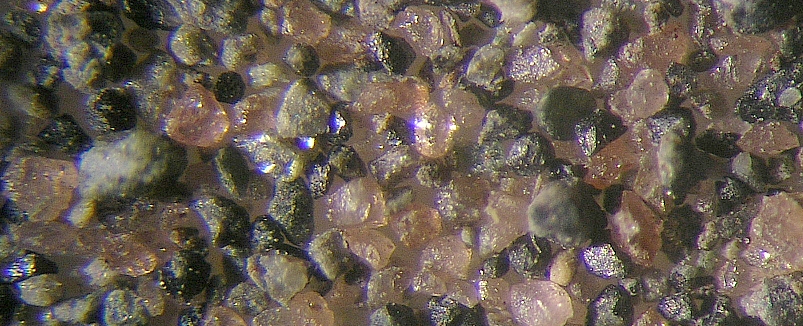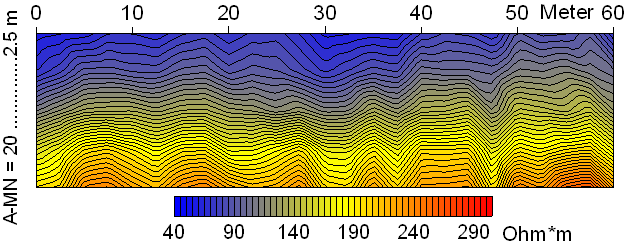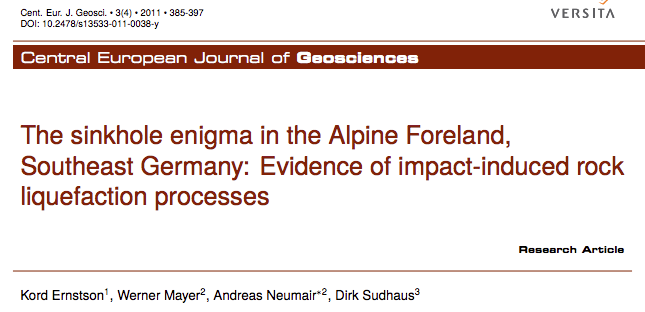The Chiemgau impact – don’t believe in Wikipedia!
The Wikipedia page “Chiemgau impact hypothesis” is still manipulating science and defaming scientific research for the worst, when the visitor reads in a few sentences that the impact hypothesis is obsolete.
For some years now we have been trying to protest against this misleading of Wikipedia readers and the scientific community – in vain. Corrections we made with a host of documented quotations were deleted at once – apparently with the tolerance or even the forcing of the administrator. The initiators of this manipulation, partly close to an insult, are largely known to us as totally unrelated to the scientific research subject, which does not change the situation.
For Wikipedia, this is not a glorious fact; the claim to encyclopedic honesty and correctness is not fulfilled in this case.
Comprehensive and consistent information:
The visitor and reader of this website is requested to use honest, scientifically correct and according to strict scientific rules oriented information of this website about the Chiemgau impact.. A compilation of the scientific findings, published internationally at renowned congresses and in peer-review journals, proves the existence of what is probably the largest terrestrial meteorite crater strewn field, which is also widely accepted internationally.
Papers on the Chiemgau impact research in international journals and as contributions to international conferences
Rappenglück, M.A., Rappenglück, B., Ernstson, K. (2018):Cosmic collision in prehistory. The Chiemgau Impact: research in a Bavarian meteorite crater strewn field.- Zeitschrift für Anomalistik, 17 (2017), S. 235–260 (in German). Abstract
Ernstson, K. & Poßekel, J. (2017): Meteorite Impact “Earthquake” Features (Rock Liquefaction, Surface Wave Deformations, Seismites) from Ground Penetrating Radar (GPR) and Geoelectric Complex Resistivity/Induced Polarization (IP) Measurements, Chiemgau (Alpine Foreland, Southeast Germany). AGU Fall Meeting, 11-15 Dec. 2017 New Orleans. Abstract Poster
Procházka V. Trojek T. (2017): XRF- and EMP- Investigation of Glass Coatings and Melted Domains of Pebbles from Craters in Chiemgau, Germany. Lunar an Planetary Science Conference XLVIII. Abstract #2401.pdf.
Ernstson, K. (2016): EVIDENCE OF A METEORITE IMPACT-INDUCED TSUNAMI IN LAKE CHIEMSEE (SOUTHEAST GERMANY) STRENGTHENED.EVIDENCE OF A METEORITE IMPACT-INDUCED TSUNAMI IN LAKE CHIEMSEE (SOUTHEAST GERMANY) STRENGTHENED.. 47th Lunar and Planetary Science Conference, 1263.pdf.
V. Procházka, G. Kletetschka (2016): Evidence for superaparamagnetic nanoparticles in limestones from Chiemgau crater field, SE Germany. 47th Lunar and Planetary Science Conference, 2763.pdf
M. A. Rappenglück, F. Bauer, K. Ernstson, M. Hiltl (2014): Meteorite impact on a micrometer scale: iron silicide, carbide and CAI minerals from the Chiemgau impact event (Germany). – Problems and perspectives of modern mineralogy (Yushkin Memorial Seminar–2014) Proceedings of mineralogical seminar, Syktyvkar, Komi Republic, Russia 19–22 May 2014. Abstract POSTER
Ernstson, K., Hilt, M., Neumair, A. (2014): Microtektite-Like Glasses from the Northern Calcareous Alps (Southeast Germany): Evidence of a Proximal Impact Ejecta . – 45th Lunar and Planetary Science Conference,. LPI Contribution No. 1777, #1200.pdf.
Rappenglück, M.A., Bauer, F. Hiltl, M., Neumair, A., K. Ernstson, K. (2013): Calcium-Aluminium-rich Inclusions (CAIs) in iron silicide matter (Xifengite, Gupeiite, Hapkeite): evidence of a cosmic origin – 76th Annual Meteoritical Society Meeting, Meteoritics & Planetary Science, Volume 48, Issue s1, Abstract #5055. POSTER
Bauer, F. Hiltl, M., Rappenglück, M.A., Neumair, A., K. Ernstson, K. (2013): Fe2Si (Hapkeite) from the subsoil in the alpine foreland (Southeast Germany): is it associated with an impact? – 76th Annual Meteoritical Society Meeting, Meteoritics & Planetary Science, Volume 48, Issue s1, Abstract #5056. POSTER
Neumair, A., Ernstson, K. (2013): Peculiar Holocene soil layers: evidence of possible distal ejecta deposits in the Chiemgau region, Southeast Germany – 76th Annual Meteoritical Society Meeting, Meteoritics & Planetary Science, Volume 48, Issue s1, Abstract #5057. POSTER
Ernstson, K., Müller, W., Neumair, A. (2013): The proposed Nalbach (Saarland, Germany) impact site: is it a companion to the Chiemgau (Southeast Bavaria, Germany) impact strewn field? – 76th Annual Meteoritical Society Meeting, Meteoritics & Planetary Science, Volume 48, Issue s1, POSTER Abstract #5058.
K. Ernstson, T. G. Shumilova, S. I. Isaenko, A. Neumair, M. A. Rappenglück (2013): From biomass to glassy carbon and carbynes: evidence of possible meteorite impact shock coalification and carbonization. – Modern problems of theoretical, experimental and applied mineralogy (Yushkin Memorial Seminar–2013): Proceedings of mineralogical seminar, Syktyvkar: IG Komi SC UB RAS, 2013. 546 p POSTER
S. Isaenko, T. Shumilova, K. Ernstson, S. Shevchuk, A. Neumair, and M. Rappenglück (2012): Carbynes and DLC in naturally occurring carbon matter from the Alpine Foreland, South-East Germany: Evidence of a probable new impactite. – European Mineralogical Conference, Vol. 1, EMC2012-217, 2012., POSTER
B. RAPPENGLÜCK, K. ERNSTSON, I. LIRITZIS, W. MAYER, A. NEUMAIR, M. RAPPENGLÜCK and D. SUDHAUS (2012): A prehistoric meteorite impact in Southeast Bavaria (Germany): tracing its cultural implications. – 34th International Geological Congress, 5-10 August 2012 – Brisbane, Australien. Abstract
Shumilova, T. G., Isaenko S. I., Makeev B. A., Ernstson K., Neumair A., Rappenglück M. A. (2012): Enigmatic Poorly Structured Carbon Substances from the Alpine Foreland, Southeast Germany: Evidence of a Cosmic Relation. 43nd Lunar and Planetary Science Conference, 1430.pdf. Abstract.
Ernstson, K. & Neumair, A. (2011), Geoelectric Complex Resistivity Measurements of Soil Liquefaction Features in Quaternary Sediments of the Alpine Foreland, Germany, Abstract NS23A-1555 presented at 2011 Fall Meeting, AGU, San Francisco, Calif., 5-9 Dec. POSTER Abstract
Neumair, A. & Ernstson, K. (2011), Geomagnetic and morphological signature of small crateriform structures in the Alpine Foreland, Southeast Germany, Abstract GP11A-1023 presented at 2011 Fall Meeting, AGU, San Francisco, Calif., 5-9 Dec. POSTER Abstract
M. Hiltl, F. Bauer, K. Ernstson, W. Mayer, A. Neumair, and M.A. Rappenglück (2011): SEM and TEM analyses of minerals xifengite, gupeiite, Fe2Si (hapkeite?), titanium carbide (TiC) and cubic moissanite (SiC) from the subsoil in the Alpine Foreland: Are they cosmochemical? – 42nd Lunar and Planetary Science Conference (2011), 1391.pdf Abstract
K. Ernstson, C. Sideris, I. Liritzis, A. Neumair (2012): THE CHIEMGAU METEORITE IMPACT SIGNATURE OF THE STÖTTHAM ARCHAEOLOGICAL SITE (SOUTHEAST GERMANY). – Mediterranean Archaeology ans Archäometry, 12, 249-259.
Liritzis, N. Zacharias, G.S. Polymeris, G. Kitis, K. Ernstson, D. Sudhaus, A. Neumair, W. Mayer, M.A. Rappenglück, B. Rappenglück (2010): THE CHIEMGAU METEORITE IMPACT AND TSUNAMI EVENT (SOUTHEAST GERMANY): FIRST OSL DATING. – Mediterranean Archaeology and Archaeometry, Vol. 10, No. 4, pp. 17‐33.
Barbara Rappenglück, Michael A. Rappenglück, Kord Ernstson, Werner Mayer, Andreas Neumair, Dirk Sudhaus & Ioannis Liritzis (2010): The fall of Phaethon: a Greco-Roman geomyth preserves the memory of a meteorite impact in Bavaria (south-east Germany). – Antiquity, 84, 428-439.
Ernstson, K., Mayer, W., Neumair, A., Rappenglück, B., Rappenglück, M.A., Sudhaus, D. and Zeller, K.W. (2010): The Chiemgau crater strewn field: evidence of a Holocene large impact in southeast Bavaria, Germany. – Journal of Siberian Federal University, Engineering & Technology, 1 (2010 3) 72-103.
Rappenglück, B., Ernstson, K., Mayer, W., Neumair, A. Rappenglück, M.A., Sudhaus, D., and Zeller, K.W. (2009):: The Chiemgau impact: An extraordinary case study for the question of Holocene meteorite impacts and their cultural implications. – In: Belmonte, J. A. (ed.), Proceedings of the International Conference on Archaeoastronomy, SEAC 16th 2008 “Cosmology across Cultures. Impact of the Study of the Universe in Human Thinking”, Granada September 8-12, 2008, A.S.P. Conf. Ser., 2009.
Barbara and Michael Rappenglück (2006): Does the myth of Phaethon reflect an impact? – Revising the fall of Phaethon and considering a possible relation to the Chiemgau Impact. – Mediterranean Archaeology and Archaeometry, Proceedings of the International Conference on Archaeoastronomy, SEAC 14th 2006, „Ancient watching of cosmic space and observation of astronomical phenomena“, Vol. 6, No. 3 (2006), 101-109.
Continue reading “The Chiemgau impact – don’t believe in Wikipedia!”



































